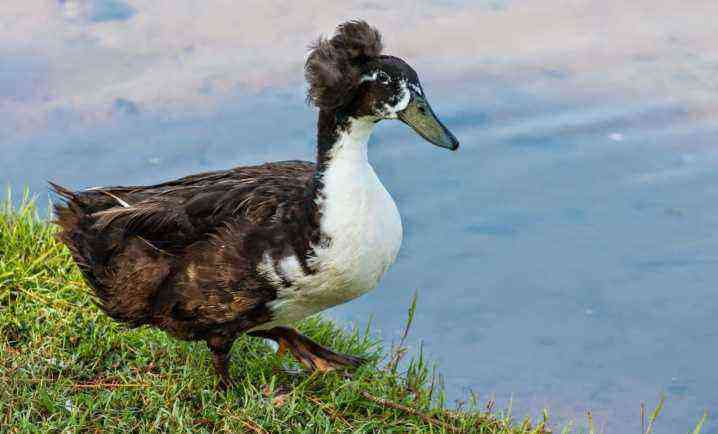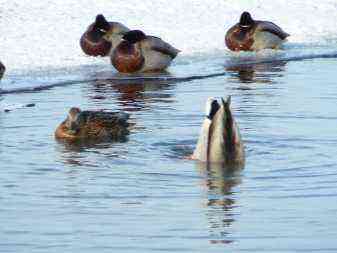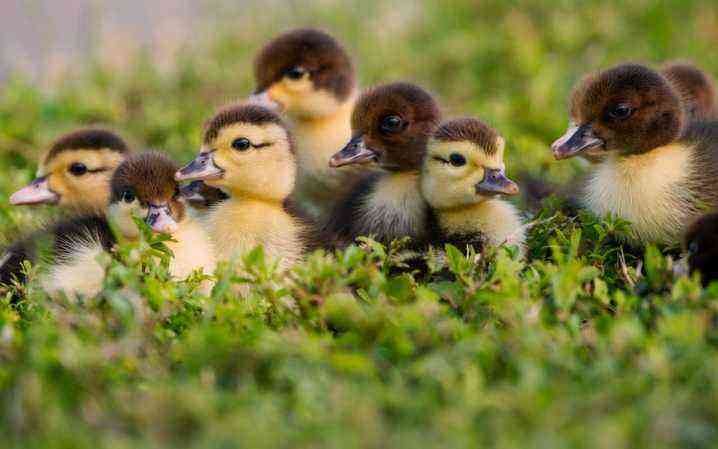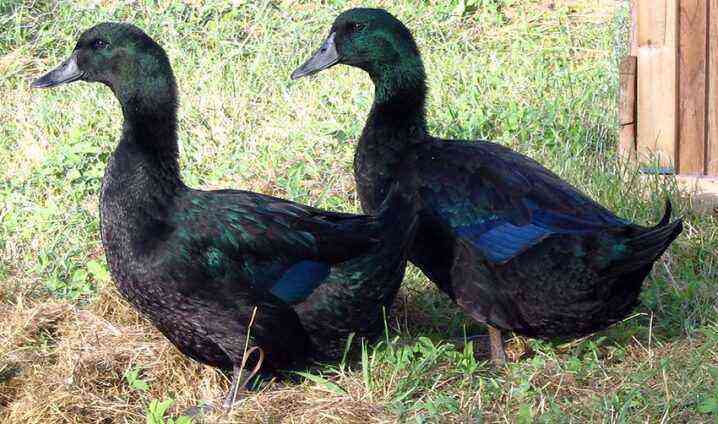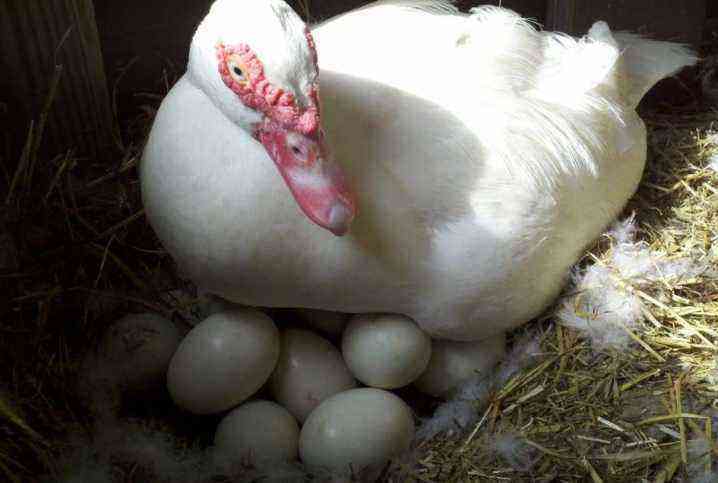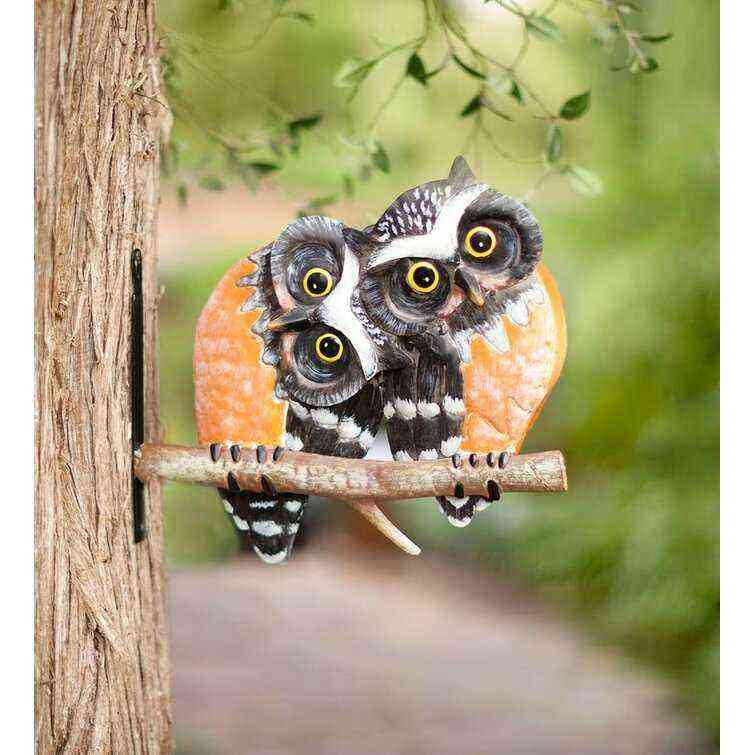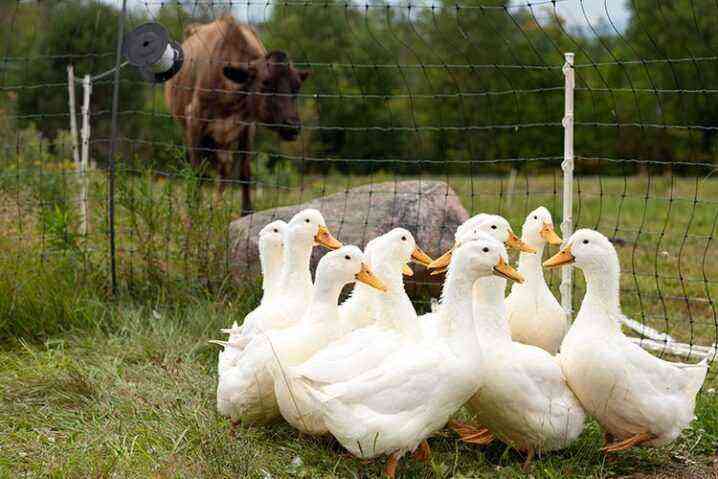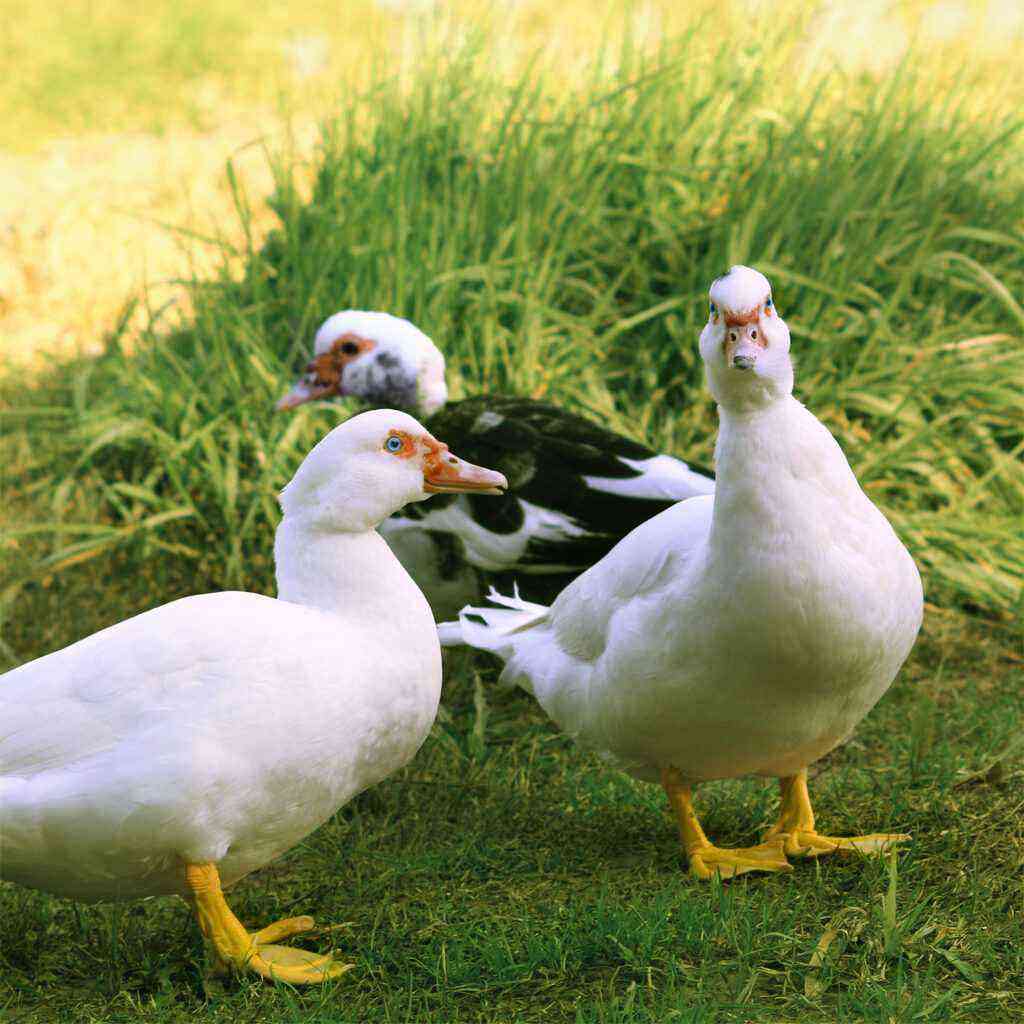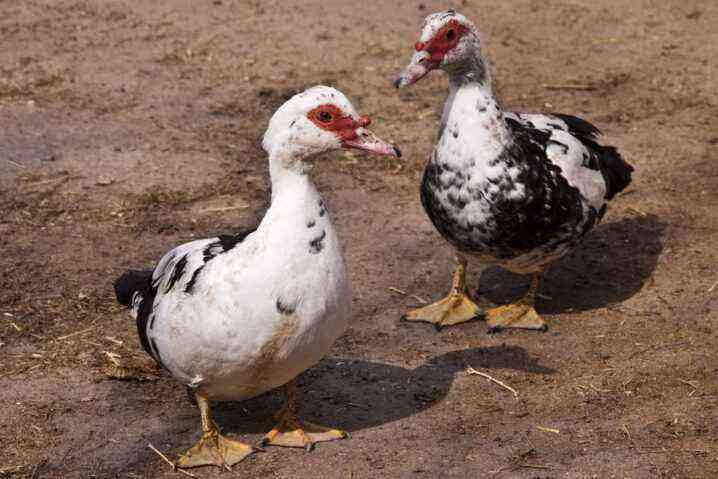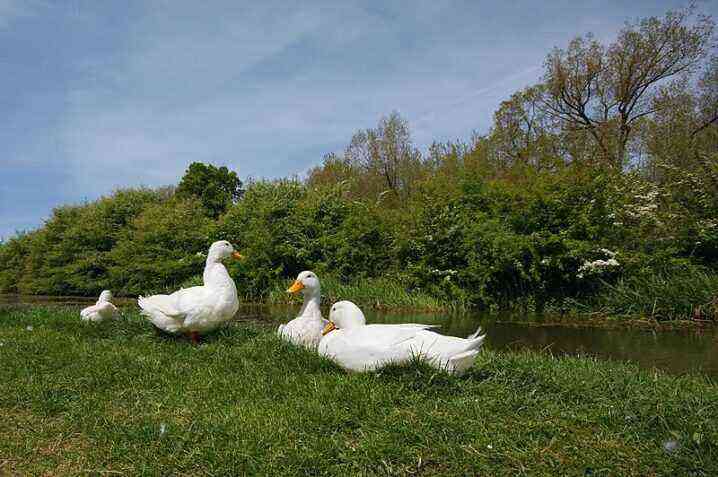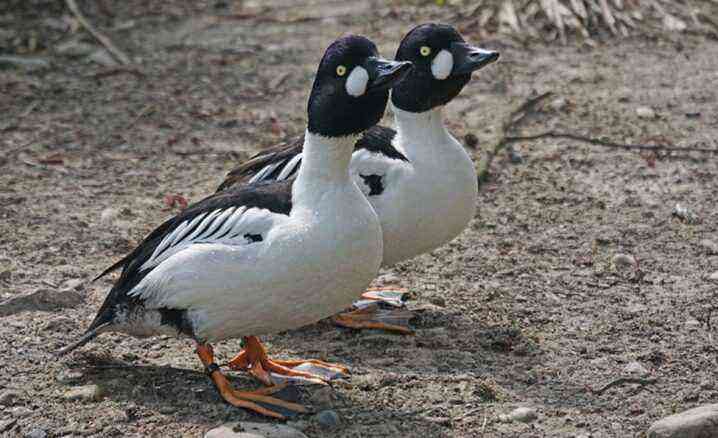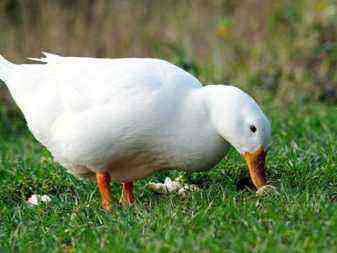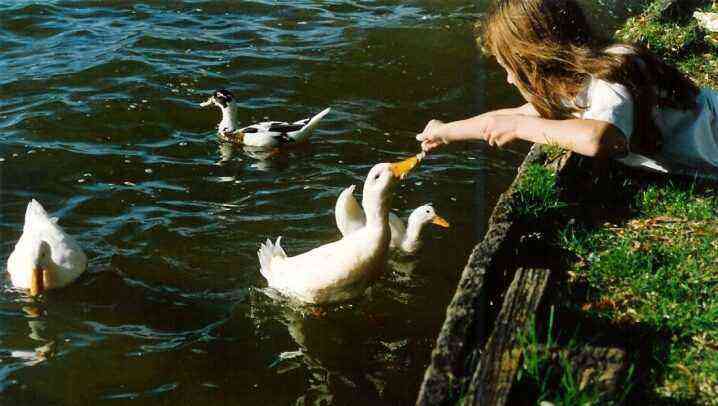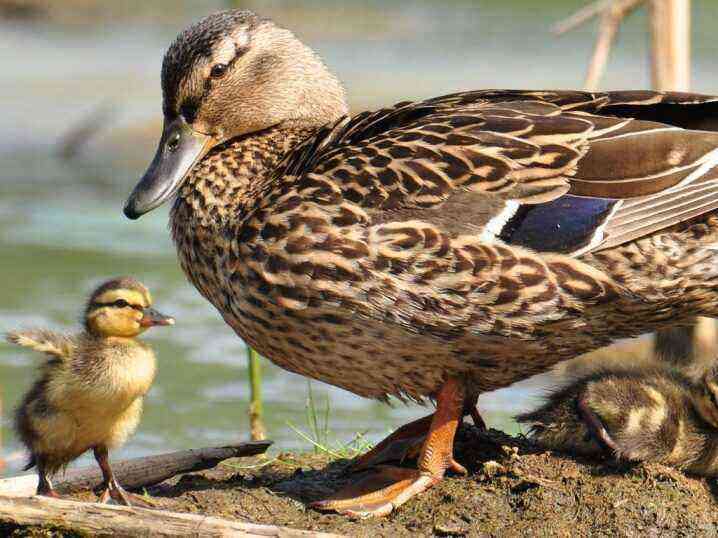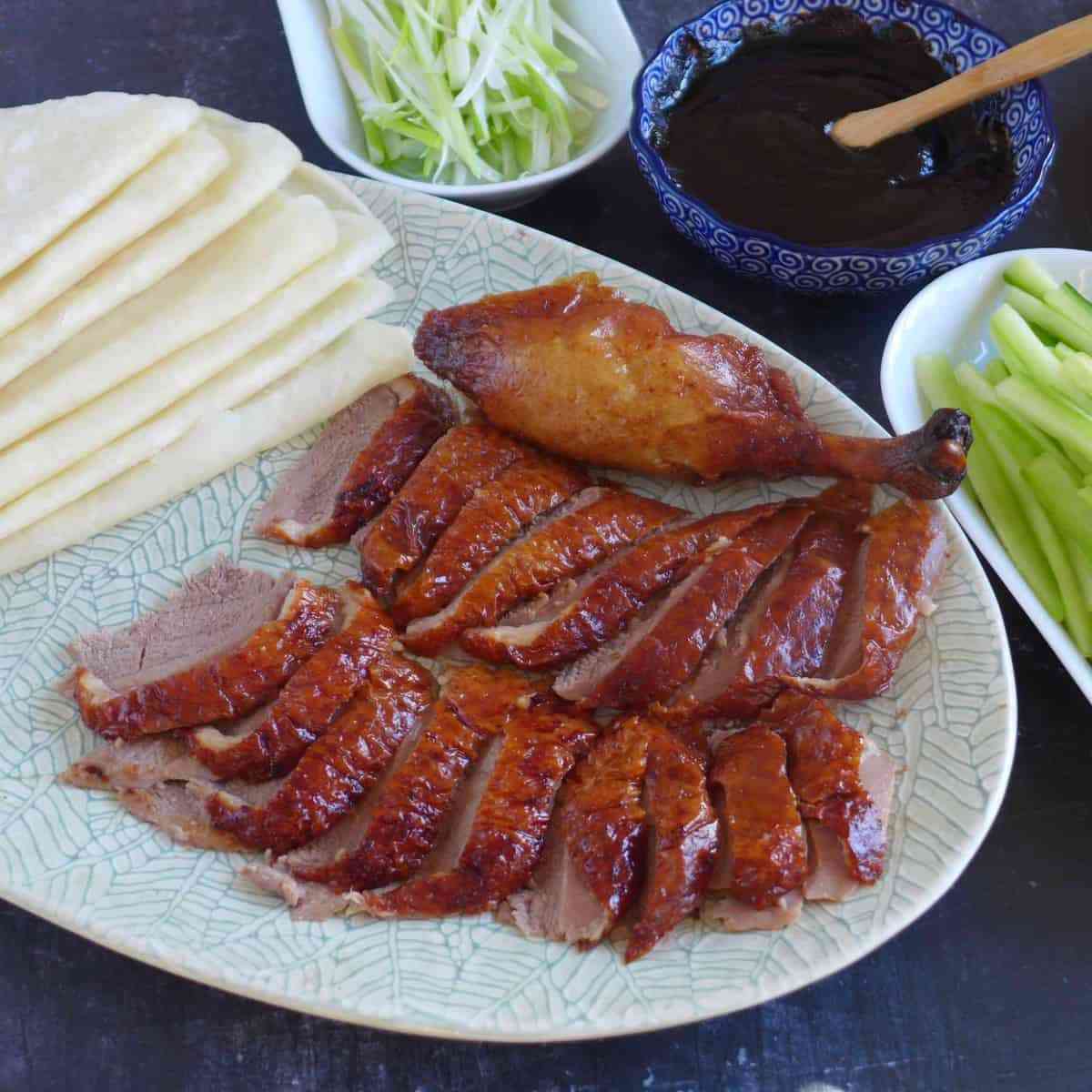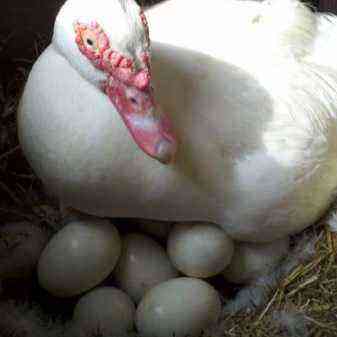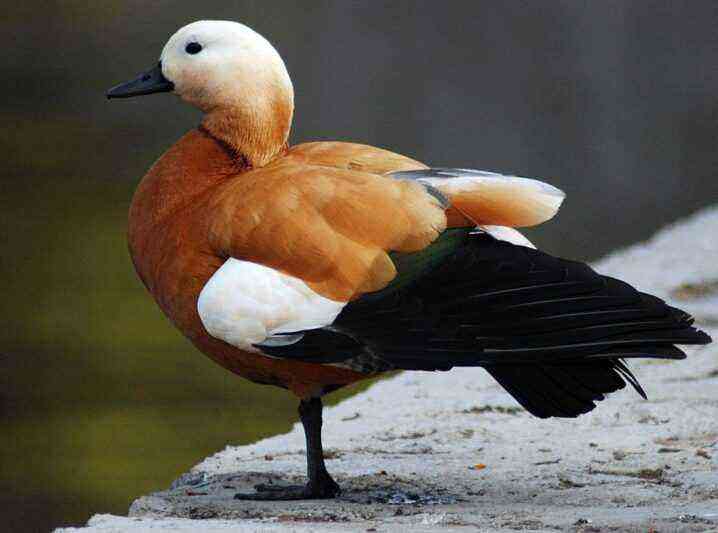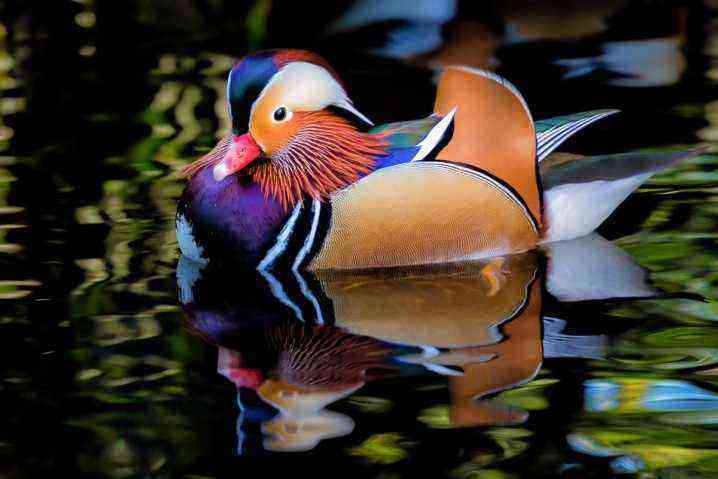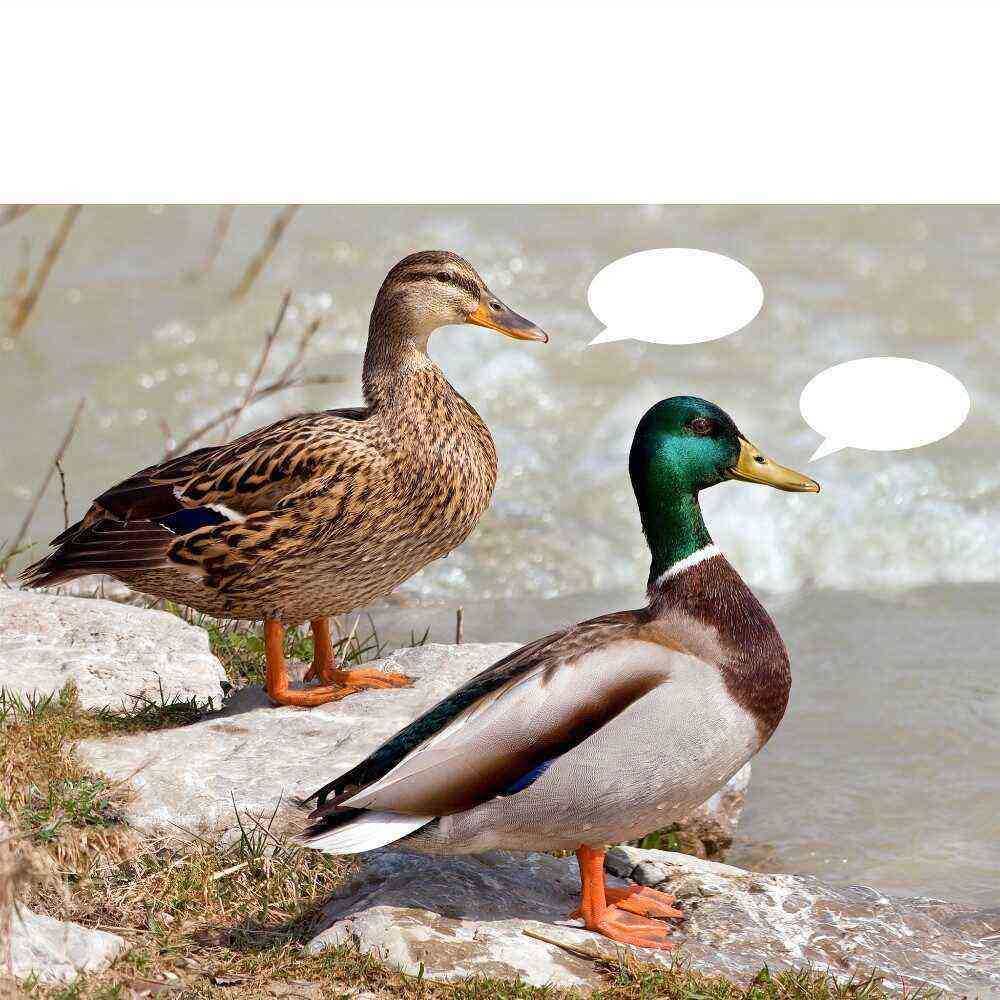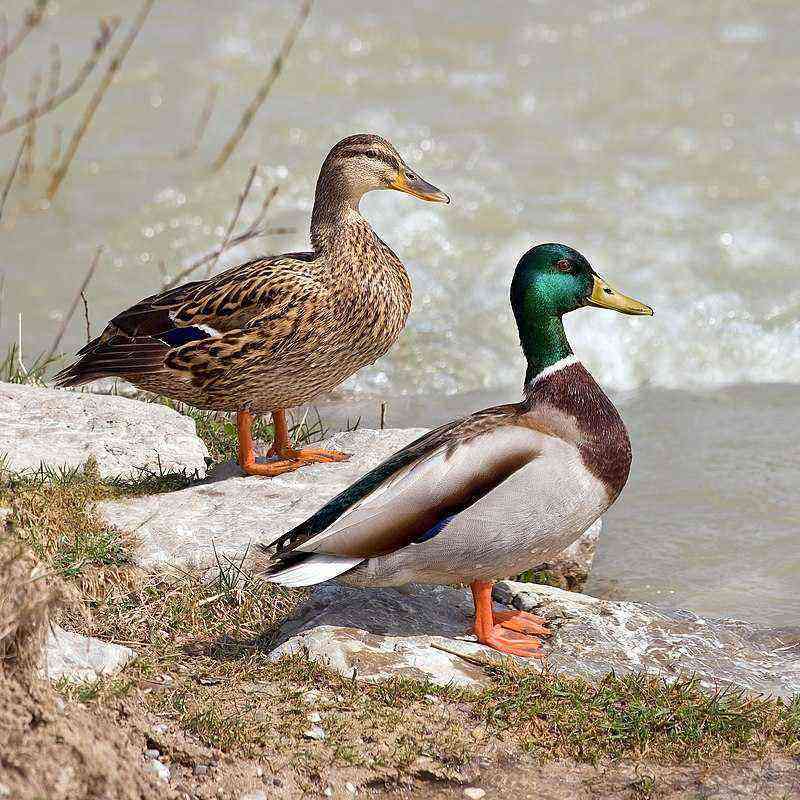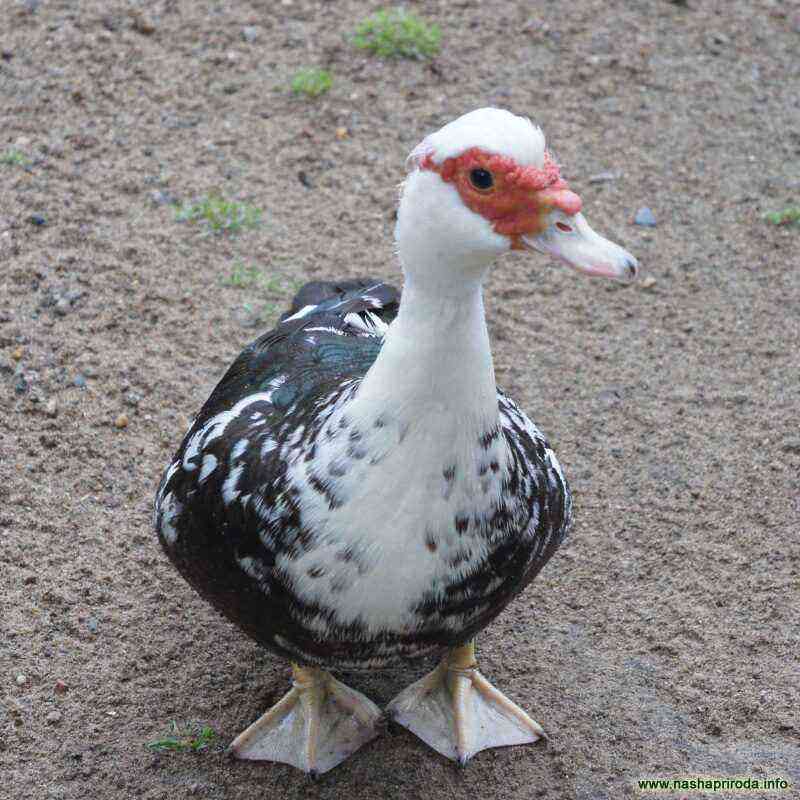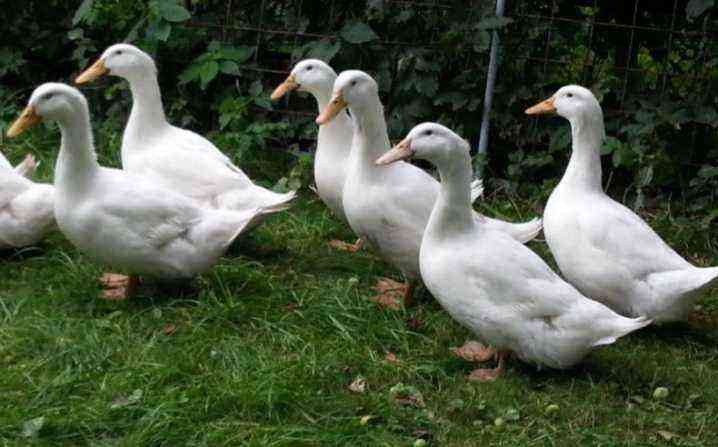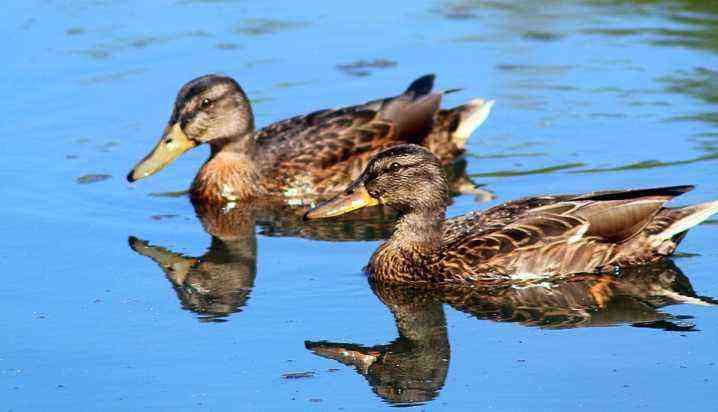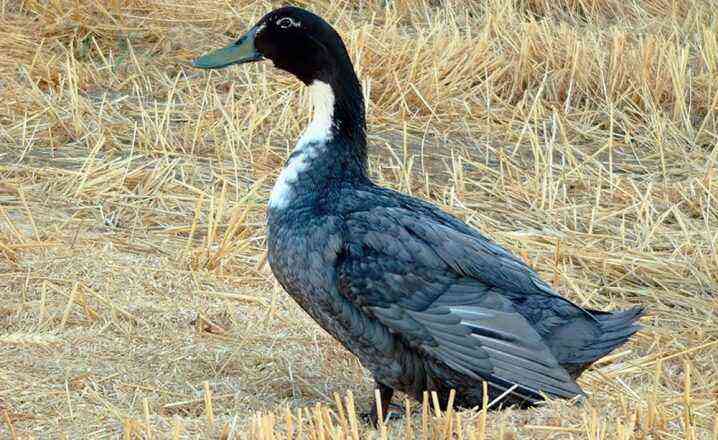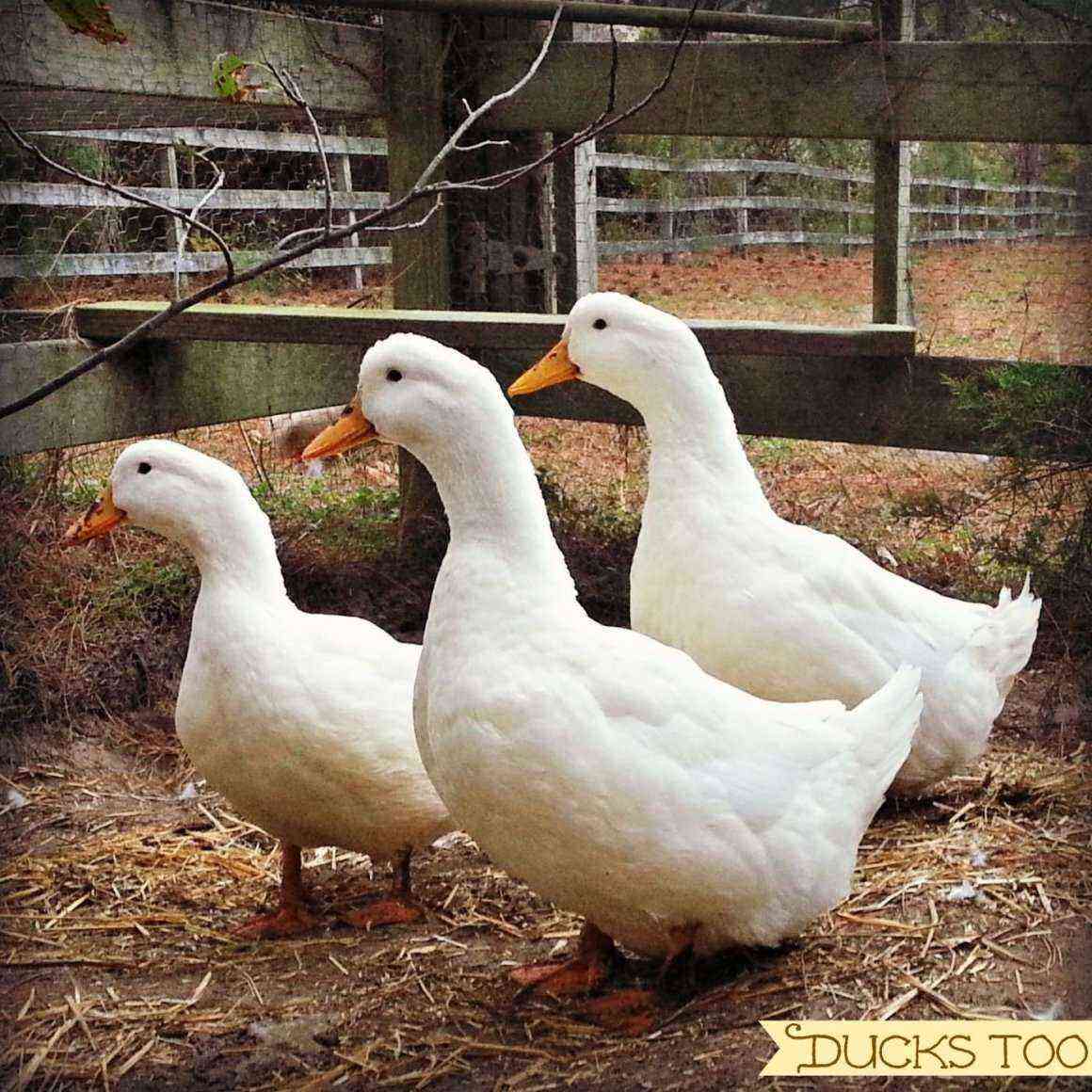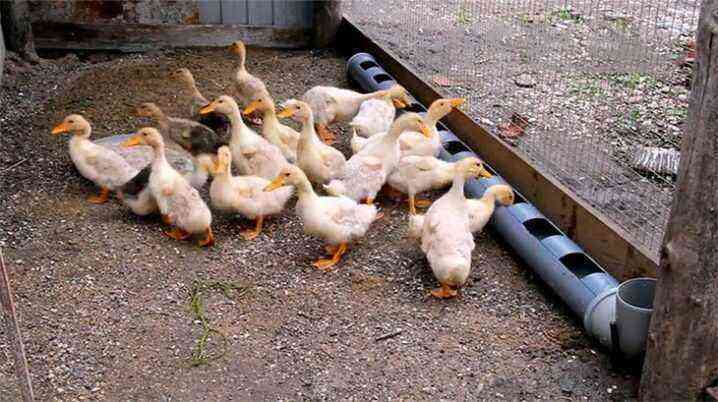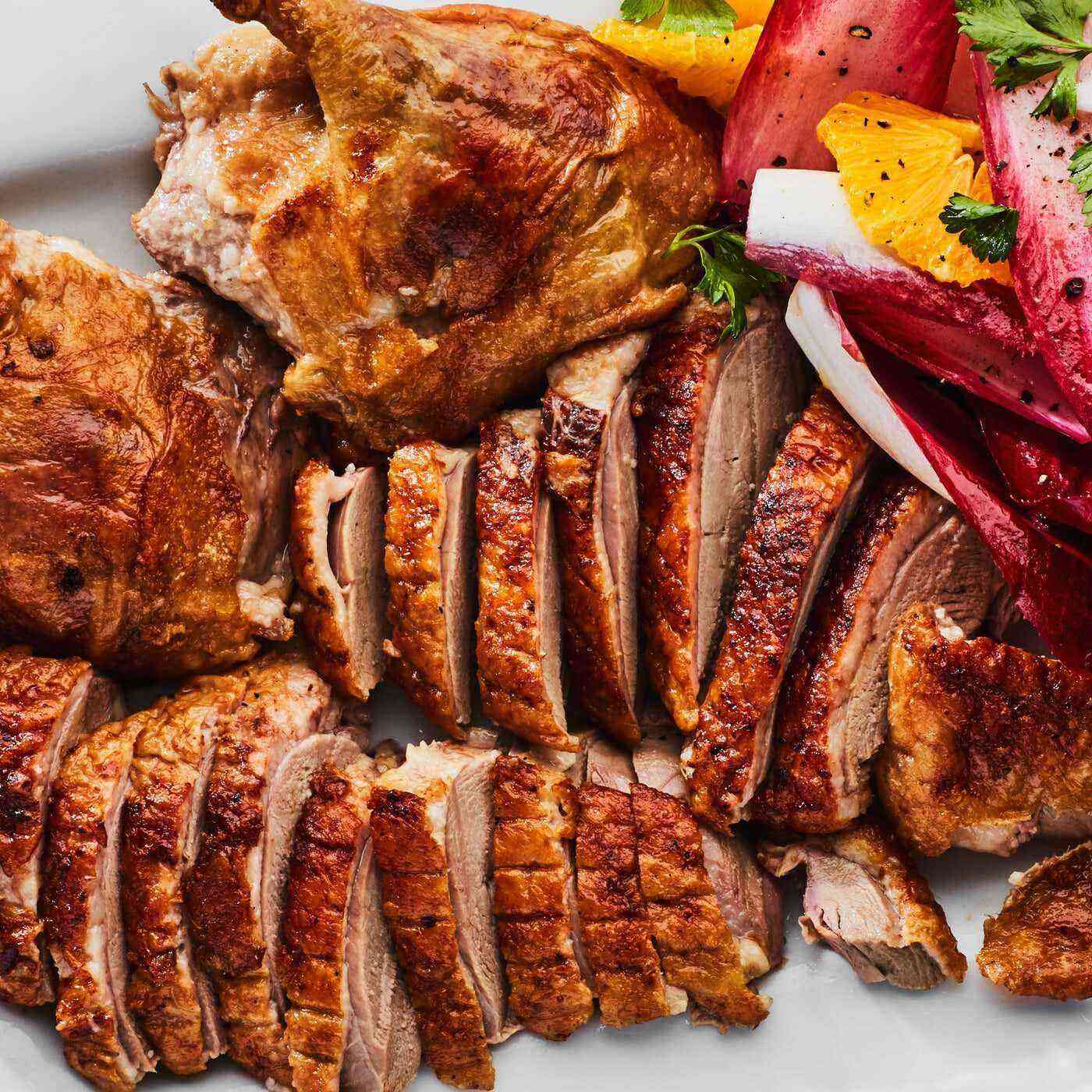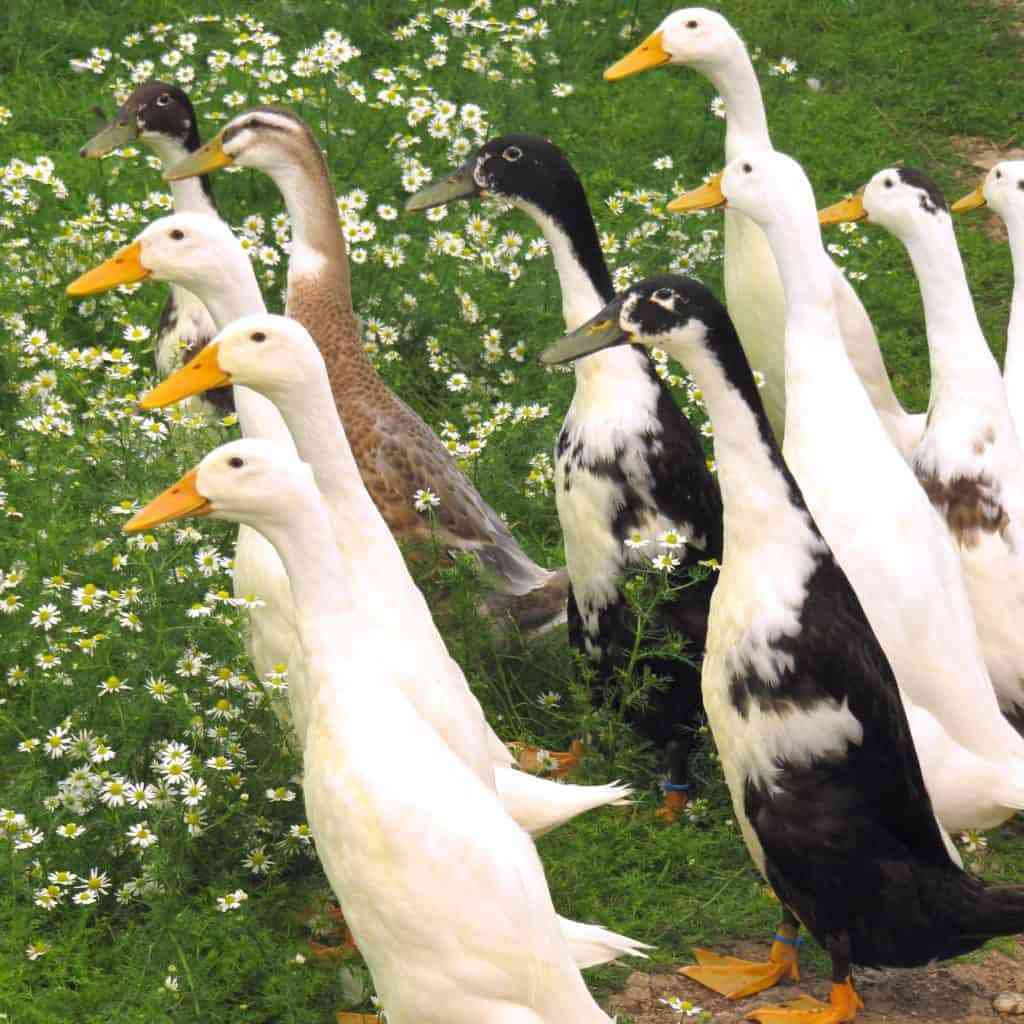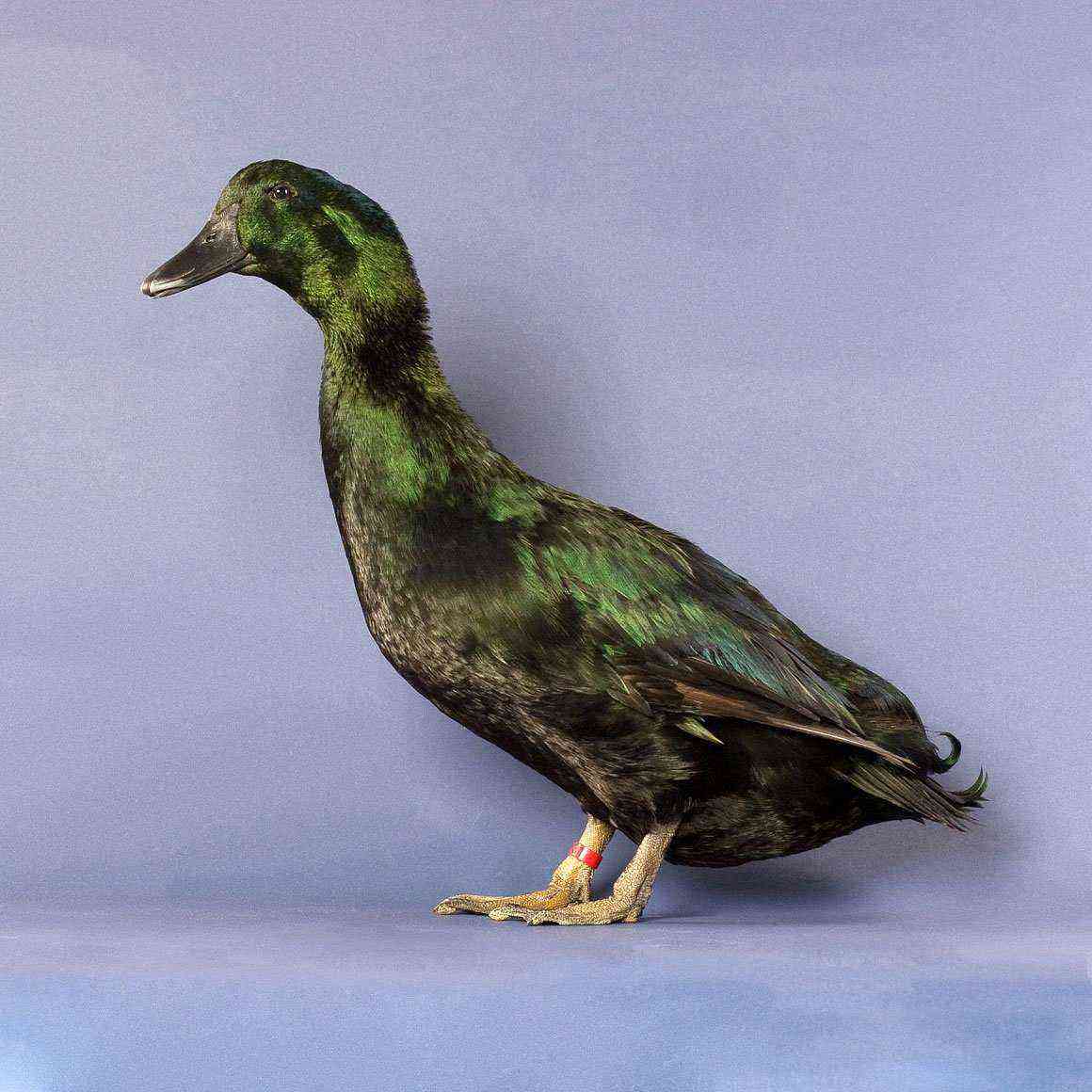The ancestor of domestic ducks is a wild mallard. The domestication of ducks occurred before our era, and to this day this area of agriculture is actively developing. The process itself took place in different places at different times. For example, in Rome, an ancient scientist suggested laying eggs of wild relatives under domesticated birds and similarly developed a domestic breed of ducks.
Today there are more than 90 different breeds.
History of origin
Blagovarskaya breed was bred in the Republic of Bashkortostan thanks to the great efforts of breeders. The name was given because of the place where she was “born”, more precisely, in the Blagovarsky State Breeding Plant. Russian poultry farmers are proud of this breed, because it has spread not only throughout the country, but also abroad.
A high performing duck cross was bred in 1998. After a long time, scientists from Bashkortostan were able to improve all indicators: egg production, early maturity and meat quality. Representatives of the breed have a large family tree. The most ancient ancestor was the progenitor of most modern species, such as Peking. After that, the Cherry Valley hybrid was bred, and from it the X-11.
It was he who formed the basis for the creation of the Medeo cross, from which the Blagovar breed was subsequently formed. When crossing 2 pedigree lines, a cross was obtained, which surpassed its parents and many other breeds in terms of performance. In the near future, ducks are predicted to be transferred to the breed section, moreover, new crosses, Agidel-34 and Agidel-345, have been bred based on the genetic material of the Blagovar breed.

Appearance Description
Taking into account the fact that the white duck belongs to the meat direction, it is primarily characterized by large sizes, and the bend of the body forms an angle of 90 degrees. Birds gain weight very quickly. The average weight of a female is 3-3,5 kilograms, and in a male, body weight can reach 4,5 kilograms. All poultry farmers celebrate beautiful white plumage, so they often breed birds to decorate their farm.
Individuals are very active and splash a lot in the water. Most often they can be seen in a flock, besides they are very calm towards people and do not show aggression. The small head rests on a rather long elongated neck. The paws and beak are colored bright orange, when blanching, you should pay attention to the condition of the bird, because this is the first sign that something is wrong.

Characterization
For the most part, farmers raise ducks in order to obtain tasty meat. The carcass itself looks excellent, and more than half is meat. The percentage of fat is 38%. Usually ducks are raised up to 8 or 9 weeks, and further rearing is extremely inefficient, because the mass of the individual does not increase, the taste of the meat deteriorates.
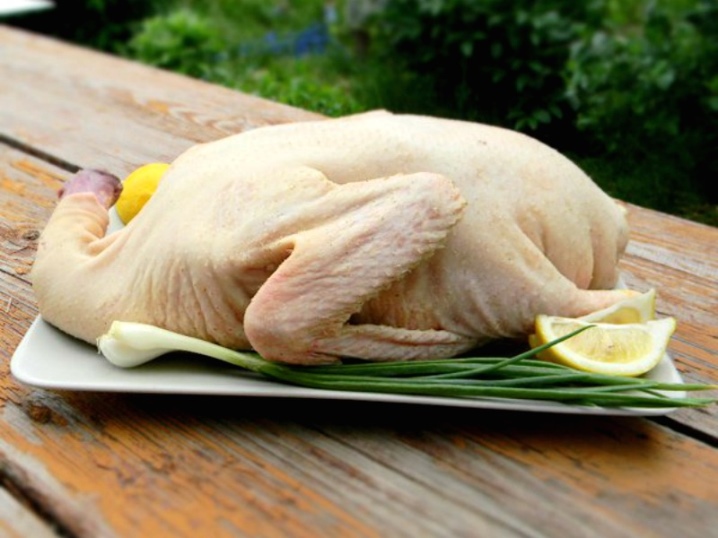
Keeping a brewer for obtaining and selling eggs is not such a profitable business, in terms of the necessary costs and the creation of conditions for keeping.
Ducks lay for 5 years, and after 1 year of life, egg production increases by 10%, then the figures gradually decrease. Total life expectancy is 20 years or more. To obtain the maximum result, it must be taken into account that there is 4 male for 1 females. If there are more males, then the fertility rate will invariably fall. During the laying period, it is necessary to monitor the weight of ducks, with a decrease in weight, additional nutrition should be organized.
The main advantage is high egg production and survival rates. Thus, in 9 months, the poultry farmer will receive from 200 to 250 eggs from a laying hen, and this is only from 1 individual. 90% of chicks survive during the first weeks of life. On average, the weight of an egg ranges from 90 to 100 grams.
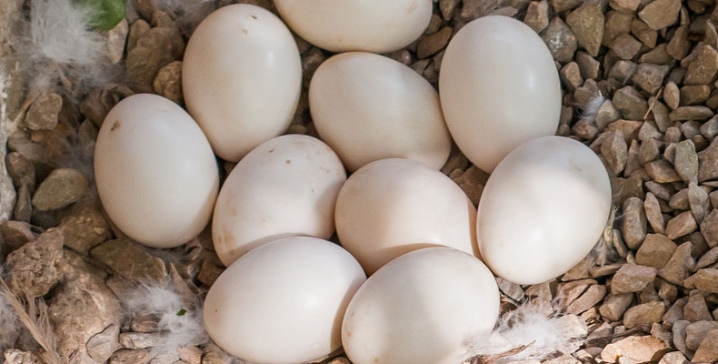
Content
- First of all, you need to build a house for birds – a poultry house. The ventilation and heating system must work properly in the room, which will save the birds from frost in the winter. Birds should not be exposed to drafts in any way, otherwise their immunity will be weakened, and they will more easily catch the disease. Windows in the building are necessarily present so that daylight gets inside.
- In the poultry house, place the nests in dark corners. The size of one nest is approximately 50 centimeters. Up to 5 females can use one nest, and the number depends on how many heads are in the flock.
- It is very important that birds have free access to feeders and drinkers. They can be placed in a well-lit area. Food bowls should have sides that will prevent active scattering of food and rapid pollution of the home.
- In the case of floor maintenance, the floor is covered with a layer of straw, sawdust or shavings 15 centimeters wide. The layer will absorb excess moisture and keep the house dry.
- For the best well-being and rapid development, ducks need a place for walking, for 1 individual at least 1 square meter. Drinking bowls with clean and fresh water are located in a specially equipped place. Sheds are also needed so that the birds can, if desired, hide from the hot sun or from heavy rain. It is desirable to have a reservoir, as this will save on feed, because birds will find a lot of useful things in the water.
Nursing care
- After the chick has hatched, it is immediately separated from the mother, relocated to a special box or cage with other chicks.
- In the first week, the lighting in the house is maintained around the clock, then it is reduced by an hour. Usually they take a break from 24.00 to 1.00 and turn it on again. On the 21st day, they switch to another light regime. Now the duration of daylight hours is at least 15 hours, often from 8.00 to 23.00. During walks, the lights are turned off.
- Bedding made of straw or sawdust should be changed as it gets dirty.
- The temperature is very important at the beginning of life, so, in the first days in the brooder, the temperature is 33-35 degrees, and in the duck house 30. After 5 days, the temperature drops to 27 degrees. On the 20th day, the heating is turned off for the chicks and, if necessary, the temperature is maintained at 15-20 degrees for several more days.
- The humidity in the room is quite high, about 70%.
- To begin with, 15 chicks can be placed on an area of 1 square meter, after a few weeks the number of ducklings is reduced by 2 times, that is, up to 7 pieces.
- The duration of the walk increases gradually with age.
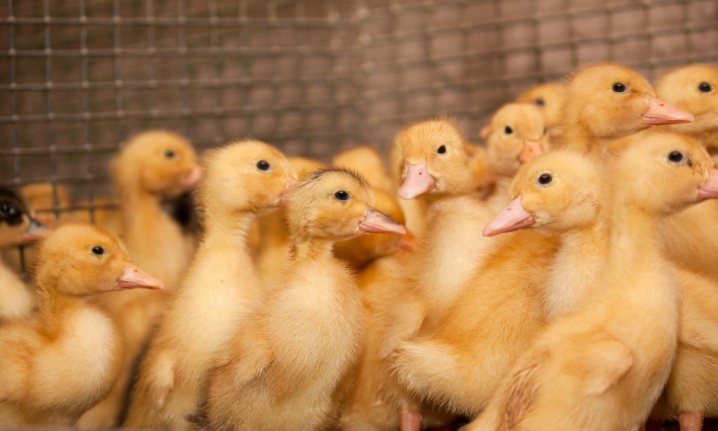
Feeding ducklings
In the first 3 days of existence, young animals are fed exclusively with chopped food, namely boiled chicken eggs. Then fat-free cottage cheese, a little minced meat, chalk in the form of a powder are introduced into the diet. During the month, the menu will also include potatoes, gravel or sand, yeast, and some dairy products. If the correct regimen is followed, the chicks will gain weight and fledge faster.
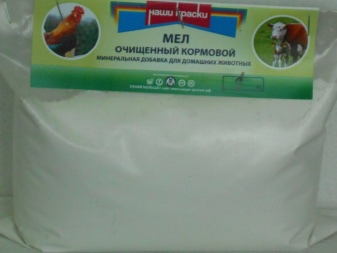
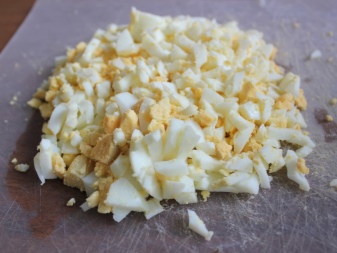
While walking, they are allowed to absorb insects and grassy vegetation. Feathers (both small and adult) should consume duckweed, a common herb that promotes bird health and promotes faster digestion.
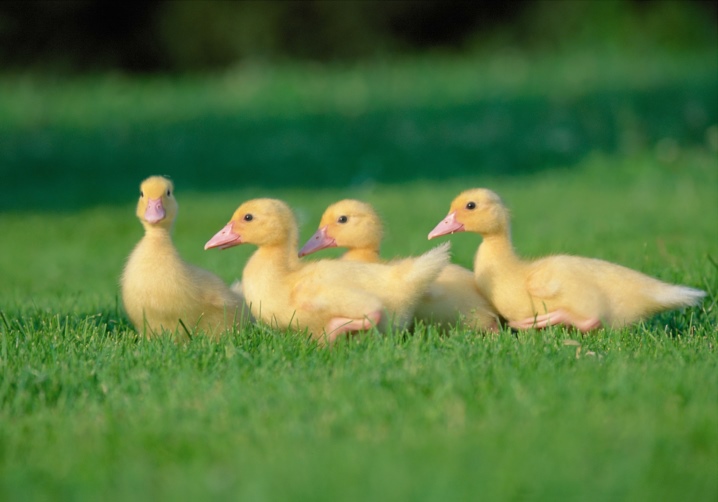
Up to a month, young animals are fed with a frequency of 6-8 times, after overcoming the mark, only 4 times a day.
Now they can be fed wet food, balanced mixes and vegetable waste. Ducklings raised for meat are fed as much as possible, so they always have fresh food in their feeders. And for birds intended for obtaining eggs, a special regimen is being developed and strict weight control is carried out.
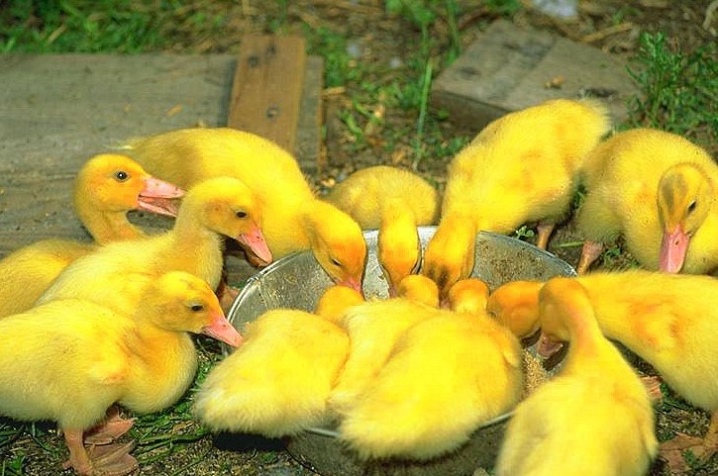
Feeding adults
To maintain health and weight, it is worth alternating dry balanced feeds and compound feeds with wet ones. Birds are also very fond of various root crops and fresh grass. Their favorite treats are clover, plantain and dandelion. A complete transition to dry food will lead to problems with the digestive tract.
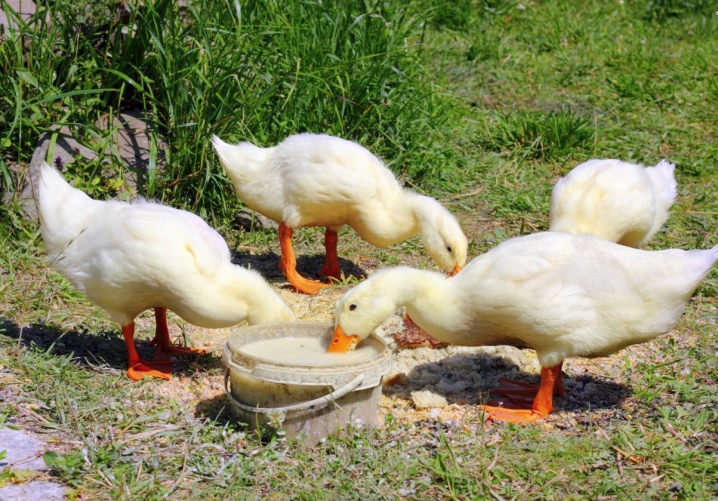
Features of breeding
It is very important to choose the right layer. First, the female must be active and not overweight. Secondly, the beak is usually lighter in color than other individuals. Egg quality definitely depends on the age of the laying hen, with one year old eggs of the highest quality. It is equally important to correlate the number of males and females, the level of fertility depends on this. The development period itself leaves 28 days, and the eggs are placed in an incubator.
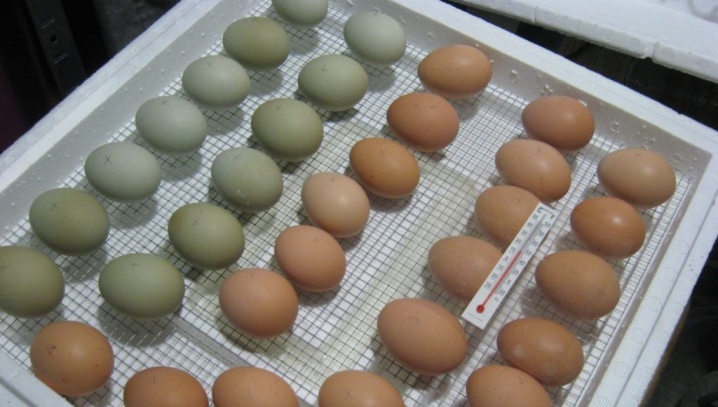
Advantages
The advantages of the breed are:
- large body weight;
- fast growth rates;
- taste qualities of meat;
- egg production and survival rate;
- unpretentiousness in care and maintenance;
- attractive appearance;
- the period of growth and development is limited to 2 months;
- profitability.

For ducklings of the Blagovarsky breed, see the video below.
